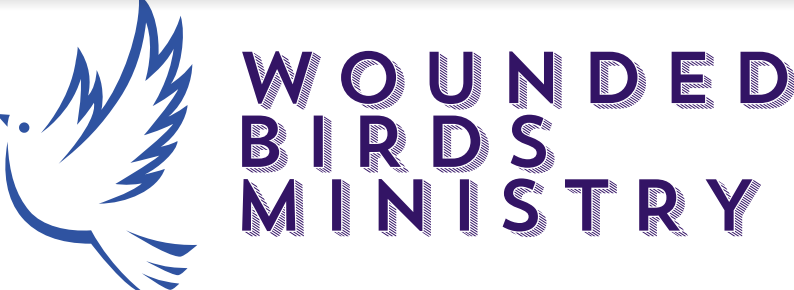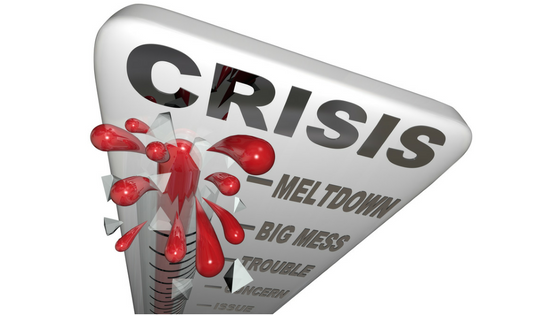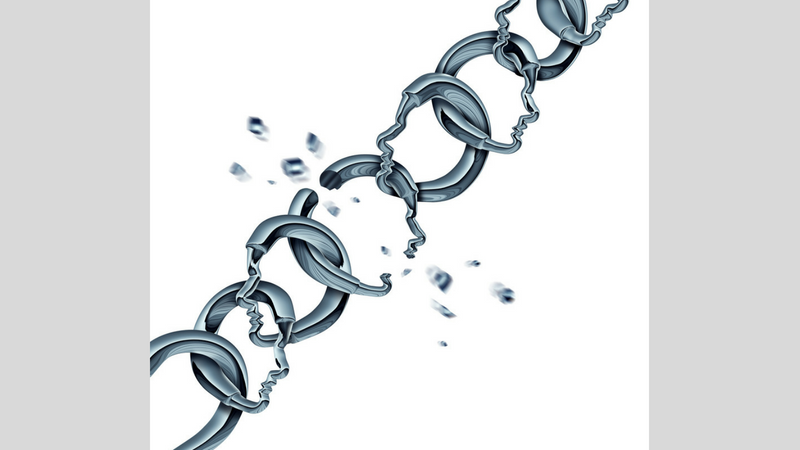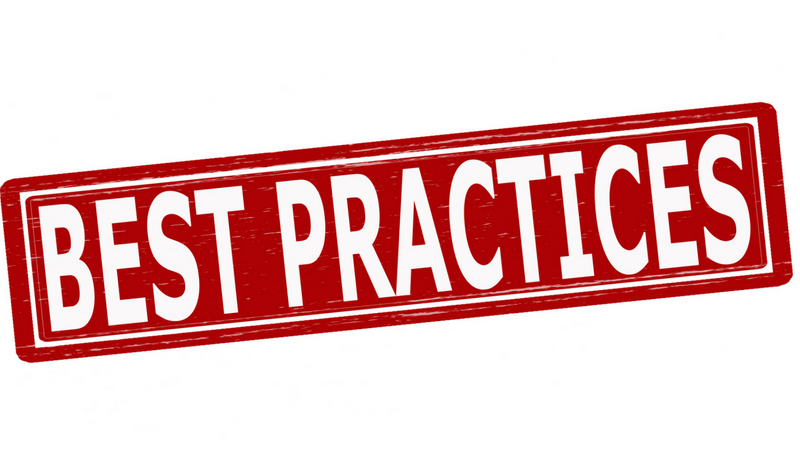Use Opposite Action to Modify Your Mood
It happened again last night. I have a couple of well-known triggers that I have yet to conquer, and one of them sends me into a deep pit of whirling, swirling, uncomfortable emotions, which I usually demonstrate through a raised voice, and some inappropriate language. Last night, I lashed out at my daughter, Harper, over a small infraction. It wasn’t until later that I realized what I was really responding to, and so I had to eat some crow and apologize to her this morning.
I’ve gotten pretty good at apologies.
This experience sent me running to my workbook to review a key DBT skill called “Opposite Action,” and I thought I would share how it works since it’s fresh on my mind.
The basic concept is that we all experience moments of emotional intensity, and sometimes those emotions are problematic. Not because the feelings are wrong or invalid, but because they hamper our ability to respond effectively to a situation. When our emotional responses do not fit the facts (such as my undeserved blow up at Harper) or when acting on our emotions is not the best or appropriate response, it’s a perfect opportunity to reach into our toolkit and practice Opposite Action.
We start with the idea that humans are emotional creatures, and that we have urges. Often, our urges are in response to an emotion. In fact, Marsha Linehan suggests that every action has an action urge associated with it. For example, fear is often accompanied by an urge to flee the situation. Anger is often associated with an urge to fight.
Sometimes, these are the right urges to follow. If we have a bear chasing us, fleeing is a natural and healthy response. Jesus upended the tables in the temple in righteous anger (Matthew 21: 12-13); others have gone about changing laws in response to outrage over injustice.
But how do we know if our urge is the right response?
The first thing we do is evaluate the situation. When we look at the case objectively, without any judgment language, and stripped down to its bare facts, are our emotions rational for the situation? Note: We’re not saying that our feelings are wrong or not real; we’re acknowledging that our emotional response may not fit the situation.
For me, this was looking at the facts around my blow up with Harper. I asked her to pick up some things in her bedroom. It was 10 minutes before bedtime. She told me that she would do it “tomorrow,” but didn’t want to get her brain in work mode as that would make it harder for her to go to sleep in a few minutes. Her response was measured and rational.
What I heard at that moment was “I refuse to follow your directions.” It felt to me like insubordination, and I felt frustrated and angry over her response. My emotions, though valid and real, did not fit the situation.
Even when our urge is the right response, however, it may not be effective. The advice when we are attacked by a bear is to either play dear or stand our ground, get loud, and be as big as possible. Running away is not recommended. Street fights are generally ineffective, no matter how justified we are in our anger. Sometimes, it’s not the emotion that doesn’t fit the situation; it’s the intensity that is problematic.
When we know that either our emotions don’t fit the facts, or that our emotional urge to act will not be effective, it is time to employ Opposite Action.
According to Linehan, there are three steps to take once we’ve identified the emotion and its associated urges, and we’ve determined that we need to change our emotion (either because it doesn’t match the situation or our action will not be effective):
1. Identify opposite actions to your urges. With my daughter, that would have been lowering my voice and having a conversation or stepping away from the situation altogether. If shame makes us want to shrink away and avoid our friends, one opposite action would be to schedule (and keep!) a coffee date with a friend. Another would be to have a conversation with a safe, loved one to discuss your shame and get some new perspective on it.
Make a list of as many opposite actions as you can for a situation. If you can, brainstorm these with a friend.
2. Pick one opposite action to do and commit to it. Do it all the way. No compromises.
3. Keep repeating your opposite action until your emotion changes.
One caveat: Opposite action is not guaranteed to work when our emotion is justified by the facts.
However, choosing an opposite action when our urge will not be effective often does help us get to a better emotional place. It puts us in a position of control and knowledge that we are making the best choice for ourselves and the situation, which often brings a new level of peace to us.
I’m glad I’ve learned enough about this to know that my level of anger meant that I needed to step away and take a breather. It gave me the space I needed to reflect on that situation and consider it from new angles. While I’m not happy with the response I had at the moment, I know that every time I go through this exercise and practice Opposite Action, I get a little bit better at it and I get more successful at managing my emotions overall.
I think that’s all we can ask of ourselves: That we try, and that we get a little better every day.
What is something you do when you are experiencing emotional intensity? Have you tried using Opposite Action?
Looking for daily inspiration and community? Join our warm and supportive Facebook group!









